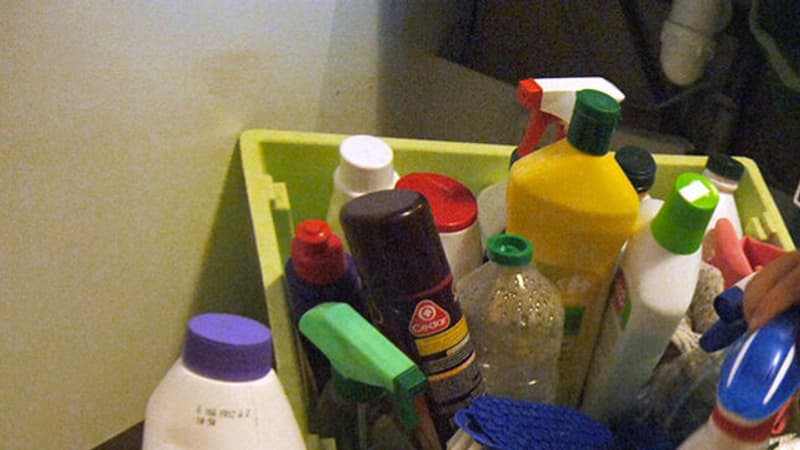How to judge the danger to the health and environment of a domestic product? This Wednesday, February 5, the Health Security Agency (ANSES) “offers to classify these products (…) according to its level of danger to health and the environment.” A system similar to nutriscore for food. Among the products in question: detergents, dishwasher liquids or insecticides.
“The home products that we use daily can contain potentially toxic substances for health and the environment,” summarizes Anses.
“In our score proposal, the category associated with the lowest danger level does not correspond to an absence of danger,” says Pauline Guillou, experience coordinator.
“The agency has developed and tested two different methods, based on a scientific approach, to offer ministries an approach to classify domestic products according to their level of danger to health and the environment,” he explains.
It depends on the government to decide
The first method analyzes “the health and environmental hazards of all substances”, while the second focuses “on the classification of the products themselves.”
Substances in the ANSS viewer: those that have “carcinogenic, mutagenic, reprotoxic, allergatic or endocrine interruption respiratory properties, and more specifically for the environment.”
Another criterion that the health agency wants to take into account: “the method of use of the product”. Anses cites the example of spray -shaped products that “exposes consumers more than a frost -shaped product.”
Of the composition, the method of use, but also the number of substances, the Health Security Agency “proposes the calculation of the scores to classify the products according to their danger level.”
The State seized the handles on this issue three years ago. Now it is up to the executive “to retain an approach to classify the products.”
Source: BFM TV


